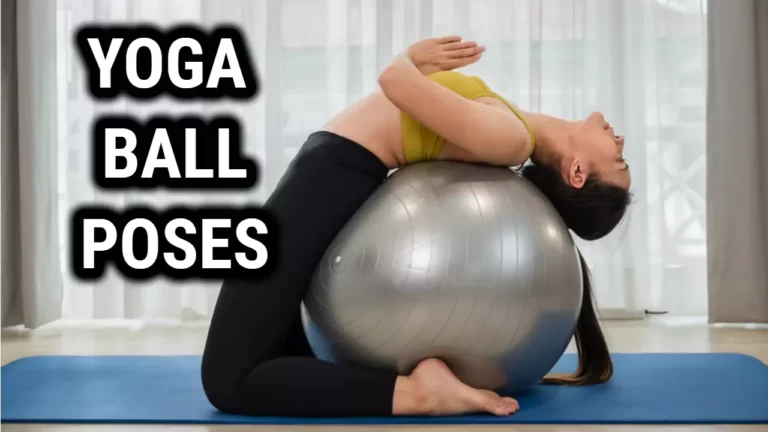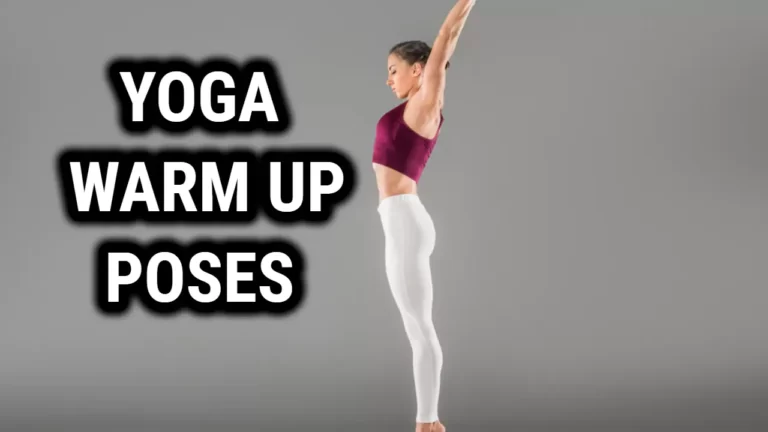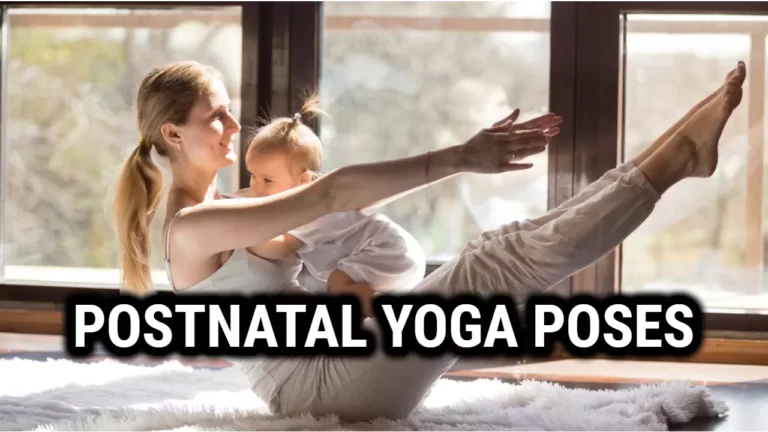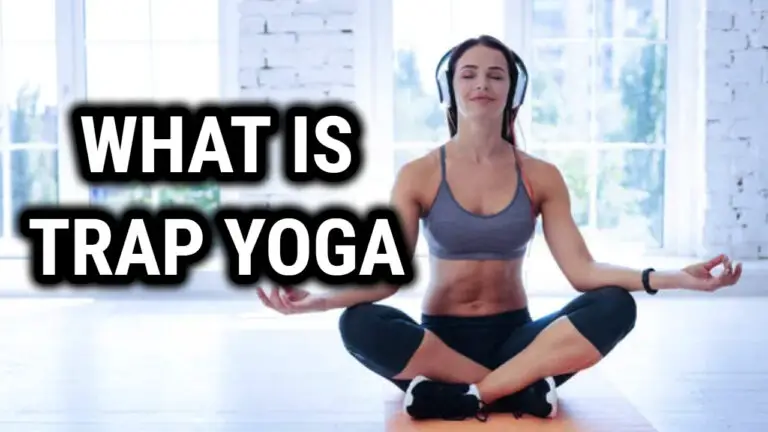Mandala Yoga Poses: Circular Energy Flow Practice

Mandala Yoga is a unique style of yoga that incorporates circular movements and sequences to create a meditative and dynamic practice. The word “mandala” comes from Sanskrit and means “circle” or “center.” In Mandala Yoga, each pose is connected to the next in a circular flow, creating a moving meditation that helps to calm the mind and energize the body.
Mandala Yoga Poses are designed to help practitioners connect with their inner selves and find balance and harmony in their lives. The circular movements help to release tension and stress, while the flowing sequences help to build strength, flexibility, and endurance. Mandala Yoga Poses can be adapted to suit any level of practitioner, from beginners to advanced yogis.
If you are interested in trying Mandala Yoga Poses, there are many resources available online and in yoga studios. By incorporating these circular movements into your yoga practice, you can experience the benefits of a moving meditation that helps to calm the mind, energize the body, and connect you to your inner self.
What is Mandala Yoga?
Mandala yoga poses are a unique and creative way to practice yoga. The word “mandala” comes from Sanskrit and means “circle.” In a mandala yoga practice, you move in a circular pattern around your mat, flowing from one pose to the next in a continuous sequence.
These sequences often have a specific theme or intention, and the poses are chosen to support and reinforce that theme. Mandala yoga sequences can be challenging and invigorating, but they can also be gentle and restorative, depending on the intention of the practice.
One of the key benefits of practicing mandala yoga poses is the way they encourage you to move in all directions around your mat. This helps to increase your overall flexibility and mobility, as well as improving your balance and coordination. It can also help to break up patterns of tension and stiffness in the body, promoting a sense of ease and freedom.
Benefits of Practicing Mandala Yoga Poses
Mandala yoga is a unique practice that involves moving in a circular motion on the mat. Practicing mandala yoga poses has several benefits for both the mind and body. Here are some of the benefits of practicing mandala yoga poses:
- Improved Flexibility: Practicing mandala yoga poses can help improve flexibility and increase range of motion. The circular movements involved in mandala yoga can help stretch different parts of the body, including the hips, shoulders, and spine.
- Stress Relief: The flowing movements of mandala yoga can help reduce stress and anxiety. The practice involves moving with the breath, which can help calm the mind and promote relaxation.
- Increased Strength: Mandala yoga poses can help build strength in the muscles, especially in the core and legs. The circular movements can also help improve balance and stability.
- Improved Digestion: The twisting movements involved in mandala yoga can help improve digestion and stimulate the organs in the abdomen.
- Enhanced Creativity: Practicing mandala yoga can help enhance creativity and promote self-expression. The circular movements can help connect the body and mind, allowing for a deeper sense of awareness and creativity.
Overall, practicing mandala yoga poses can provide a unique and beneficial experience for both the mind and body. It can help improve flexibility, reduce stress, increase strength, improve digestion, and enhance creativity. Incorporating mandala yoga into your regular yoga practice can help you explore new movements and deepen your connection with your body and breath.
How to Practice Mandala Yoga Poses
Mandala yoga is a unique and creative way to practice yoga that involves moving around the mat in a circular pattern. Here are some tips to help you get started:
- Choose a few standing poses that face the front of the mat, such as Warrior I and II.
- Select one or two postures that face the left long side of the mat, such as Extended Side Angle and Triangle Pose.
- Choose a few poses that face the back of the mat, such as Reverse Warrior and Pyramid Pose.
- Finally, select one or two postures that face the right long side of the mat, such as Half Moon and Revolved Triangle.
Once you have selected your poses, begin at the top of your mat and move in a clockwise direction. Start with your first standing pose facing the front of the mat, then move to your next pose facing the left side of the mat, and so on.
As you move through your sequence, try to keep your movements fluid and graceful. Focus on your breath and allow it to guide you through each pose. Remember to take breaks and rest when you need to, and always listen to your body.
One of the benefits of practicing mandala yoga is that it can help to improve your balance and coordination, as well as increase your flexibility and strength. It can also help to calm the mind and reduce stress.
So why not give mandala yoga a try? With a little practice and patience, you may find that it becomes a new favorite way to practice yoga.
Also Read: Sitting Yoga Poses: Perfect for All Ages and Skill Levels
Popular Mandala Yoga Poses to Try
There are numerous mandala yoga poses that you can try to enhance your yoga practice. Here are some popular mandala yoga poses that you can incorporate into your yoga routine:
- Warrior I and II: These poses are great for building strength and stability. Start in Warrior I pose and then move into Warrior II pose, transitioning from the front of your mat to the back in a circular motion.
- Triangle Pose: Triangle pose is a great way to stretch your legs and hips. To incorporate it into your mandala yoga sequence, start in a standing position and then move into Triangle pose, transitioning to the next pose in a circular motion.
- Plank Pose: Plank pose is a great way to build core strength. To incorporate it into your mandala yoga sequence, start in a standing position and then move into Plank pose, transitioning to the next pose in a circular motion.
- Downward-Facing Dog: Downward-Facing Dog is a classic yoga pose that helps to stretch your hamstrings and calves. To incorporate it into your mandala yoga sequence, start in a standing position and then move into Downward-Facing Dog, transitioning to the next pose in a circular motion.
- Chair Pose: Chair pose is a great way to build strength in your legs and core. To incorporate it into your mandala yoga sequence, start in a standing position and then move into Chair pose, transitioning to the next pose in a circular motion.
Remember to move in a circular motion as you transition from one pose to the next. This will help you to flow seamlessly from one pose to the next and create a beautiful mandala shape with your body.
Precautions to Keep in Mind
While mandala yoga poses can be a great way to improve your flexibility, balance, and overall fitness, it’s important to keep a few precautions in mind to avoid injury and get the most out of your practice.
First and foremost, it’s important to listen to your body and not push yourself too hard. If you feel pain or discomfort during a pose, ease back or come out of the pose entirely. Remember that yoga is not a competition and there is no need to push yourself beyond your limits.
If you have any preexisting medical conditions or injuries, it’s important to talk to your doctor or physical therapist before starting a new yoga practice. They can help you determine which poses may be safe for you and which ones to avoid.
Additionally, it’s important to warm up properly before attempting any advanced or strenuous poses. This can include gentle stretches, breathing exercises, and modifications of the poses to make them more accessible to your body.
Finally, it’s important to practice good alignment and form during your yoga practice. This can help prevent injuries and ensure that you are getting the most out of each pose. If you are unsure about proper alignment, consider taking a class with a certified yoga instructor or watching instructional videos online.
Related Read: Meditative Yoga Poses for Inner Peace and Relaxation
Conclusion
Mandala yoga is a unique and creative way to practice yoga that incorporates circular movements and sequences. By practicing mandala yoga poses, you can improve your flexibility, balance, and strength while also promoting relaxation and reducing stress.
One of the benefits of mandala yoga is that it allows you to move in all directions, which can help you to release tension and stiffness in your body. Additionally, mandala yoga poses can be modified to suit different levels of experience, making it a great option for beginners and experienced yogis alike.
Whether you are looking to improve your physical health or reduce stress and anxiety, mandala yoga poses can be a great addition to your yoga practice. By incorporating circular movements and sequences into your practice, you can experience a deeper sense of connection with yourself and the world around you.
Overall, mandala yoga poses offer a unique and creative way to practice yoga that can help you to improve your physical health and mental wellbeing. Whether you are looking to reduce stress and anxiety or improve your flexibility and strength, mandala yoga poses are a great option to consider.






